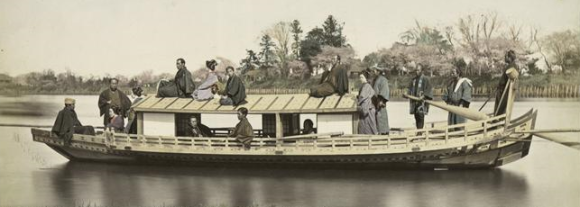
Take a trip back to 1800s Japan with this collection of breathtaking photographs.
Last month, we finally hit the date on which Back to the Future II was supposed to take place, which was cause for a little melancholy about how hoverboards and self-lacing shoes haven’t become as commonplace or user-friendly as the movie depicted them as being in 2015. Those are pretty minor issues, though, compared to the fact that the first Back to the Future showed a working time machine in 1985, and we’re no closer to having one 30 years later.
But even if we can’t actually travel to the past, we’ve got the next best thing in this series of stirring photographs of 1800s Japan.
The pictures seen here were taken by Kusakabe Kimbei, one of the very first Japanese photographers to rise to international prominence. Born in 1841, Kimbei (who generally went by his given name) spent his 20s and 30s working as a photo colorist in the Yokohama studio of Italian-British photographer Felice Beato.
Kimbei would eventually become a photographer in his own right and open a photography studio in 1881. This collection of photos, which is in the possession of the New York Public Library and part of its digital collection, consists of images captured between roughly 1880 and 1890. With Japan’s policy of enforced isolation from other nations not being fully renounced until 1868, Kimbei’s work represents one of the last glimpses of Japanese society before its rapid modernization.
Kimbei photographed the cityscapes of many of Japan’s largest towns, although some of them are hard to recognize for us citizens of the 21st century. For example, this modest-looking row of buildings…
…is Ginza, the blue-blooded neighborhood in the heart of Tokyo.
▼ Another shot of Tokyo, this time taken on the bank of the Sumida River
Similarly, we wouldn’t have been able to guess that this is Kyoto’s Gion geisha district.
▼ Yokohama harbor, which today is one of the busiest ports in Japan
Out in the countryside, the communities seem a little closer in size to their modern counterparts, and some of the buildings even look like the preserved examples you’ll find in historical tourist destinations. The structures in Kimbei’s photos, though, have an undeniably lived-in quality which lends them a feeling of solemn significance.
Among other places, Kimbei’s journeys took him to the Nakasendo, one of the two major roads that connected Kyoto and Tokyo, or Edo as the city used to be known.
With a nationwide rail system yet to be developed, and commoners not allowed to use horses along the Nakasendo, most travelers made the journey on foot over the course of several days. Along the way were clusters of businesses catering to the needs of those passing through the area.
But while many of the places photographed look quite different today, certain shots show parts of Japan that have hardly changed at all in the century-plus since they were taken. Kamakura’s Great Buddha and Iwakuni’s Kintai Bridge, for example, are such beautiful designs that they’ve been left largely unaltered and still attract visitors to this day.
But even if some aspects of Japanese art and architecture are eternal, taking a look at the people in the photos reveals that they’re from another era, with their period-appropriate clothing and hairstyles.
▼ A photo taken in Hokkaido, with locals dressed in the northern region’s distinctive garb
So next time someone’s taking a picture that you’re in, remember to smile, because 120 years from now, people might be looking back to the past, and looking at you at the same time.
Source: Japaaan
Images: The New York Public Library Digital Collections

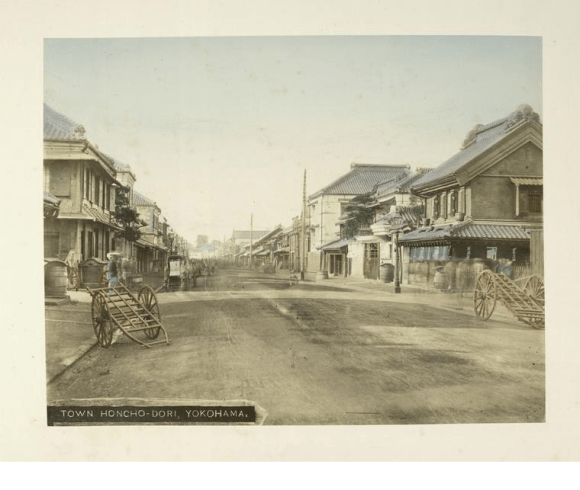
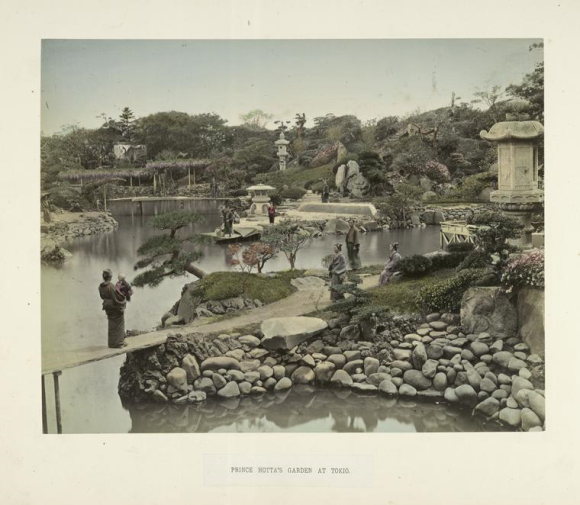
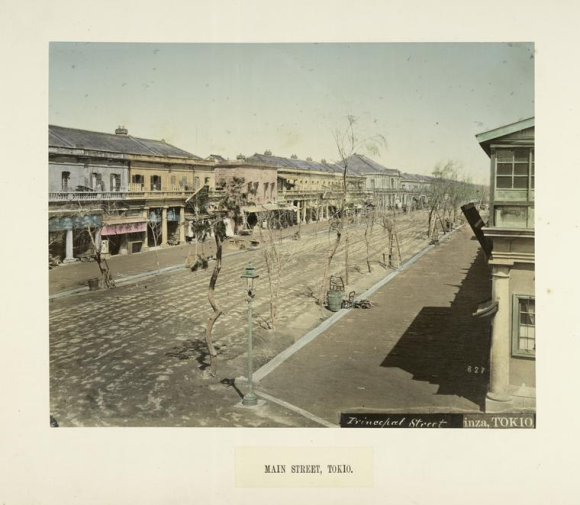
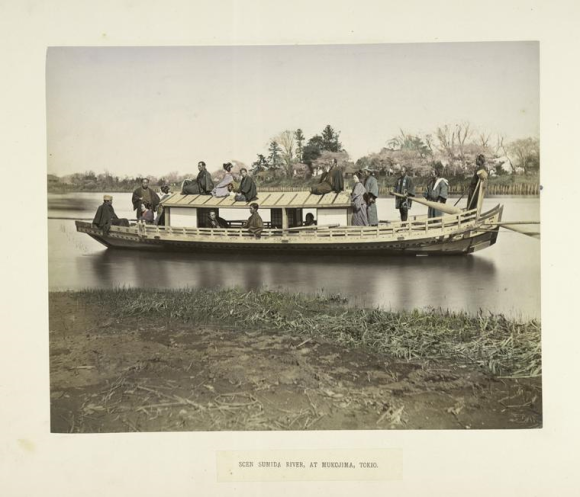
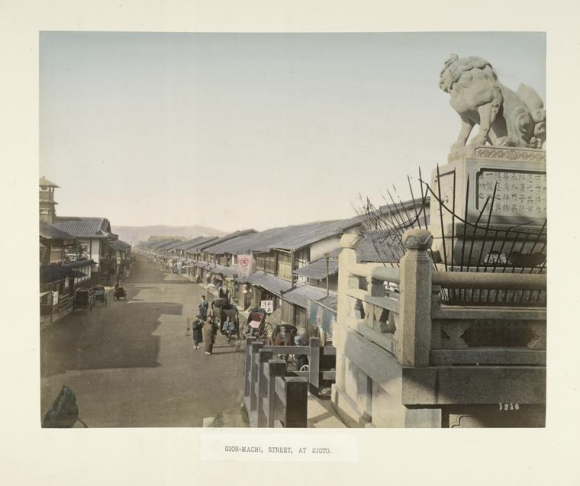
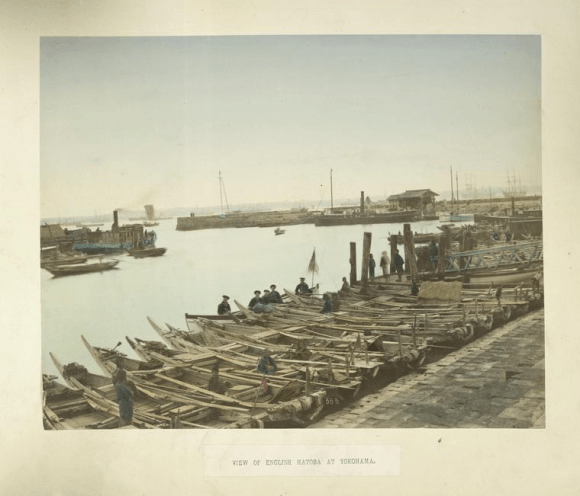
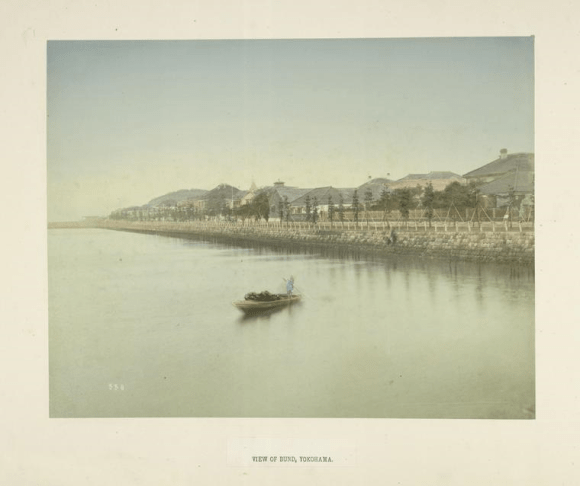
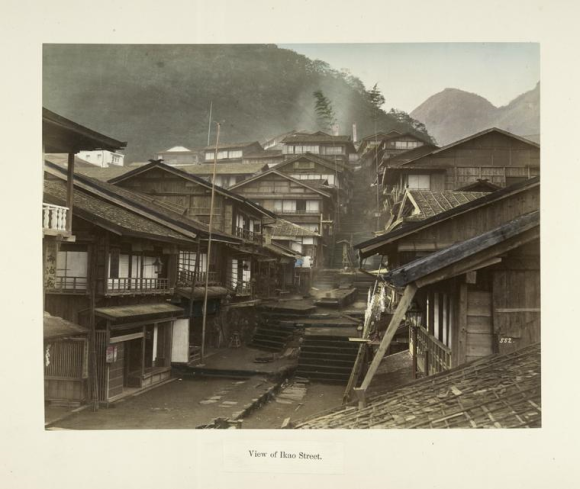
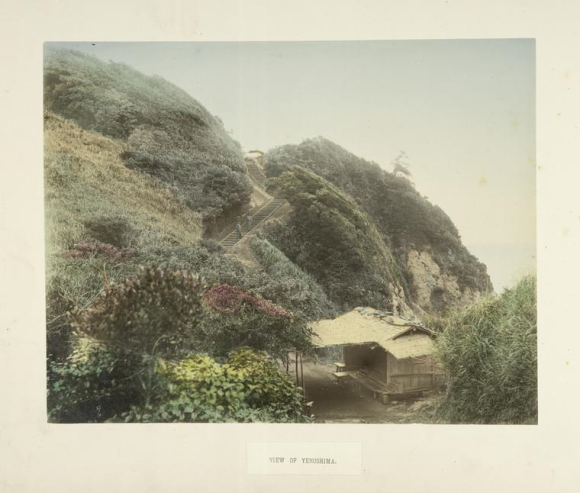
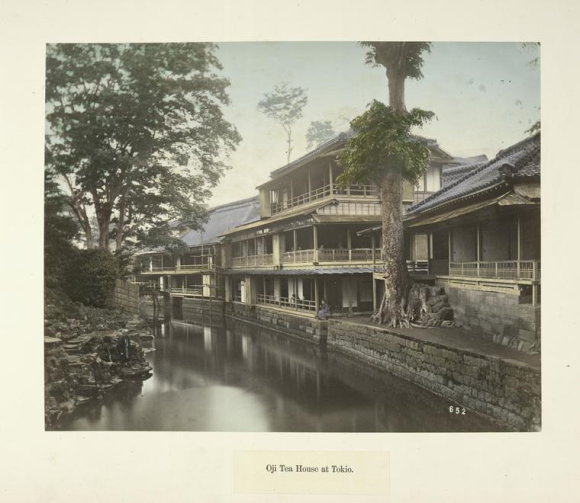
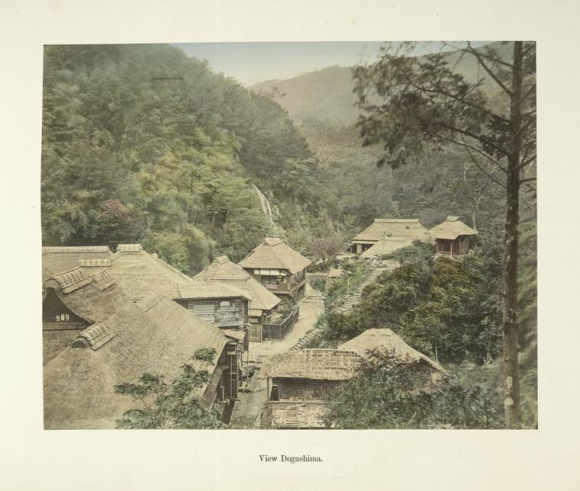
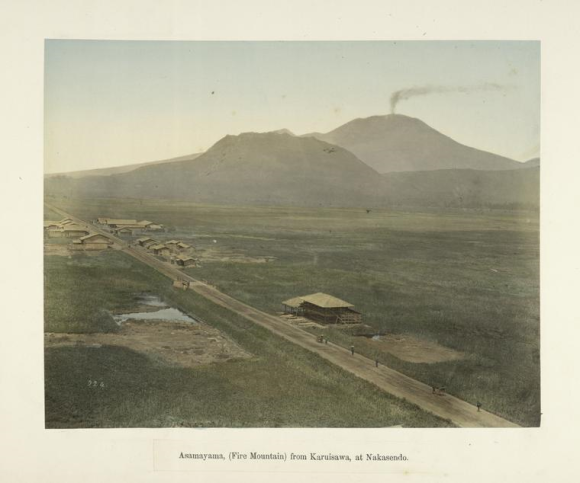
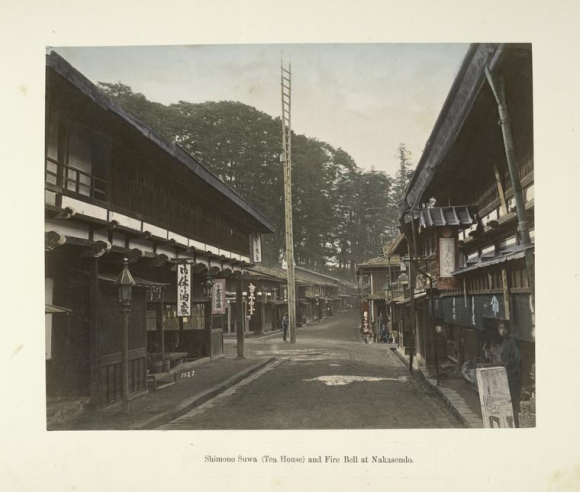
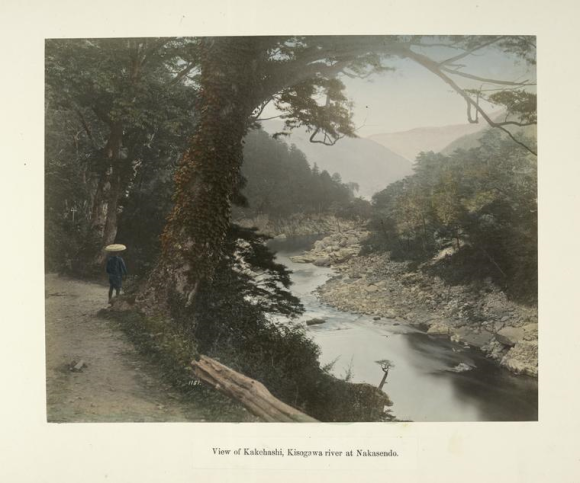
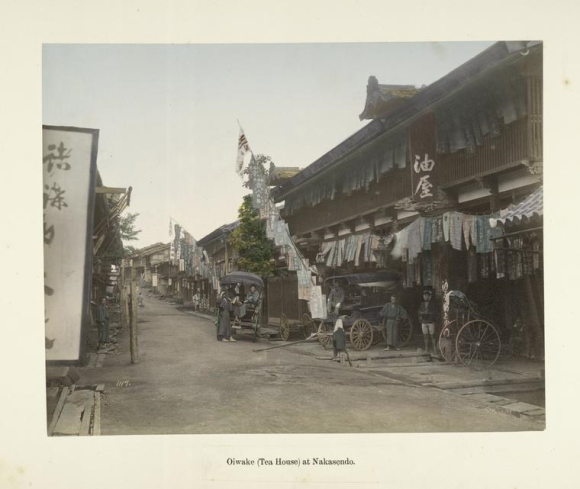
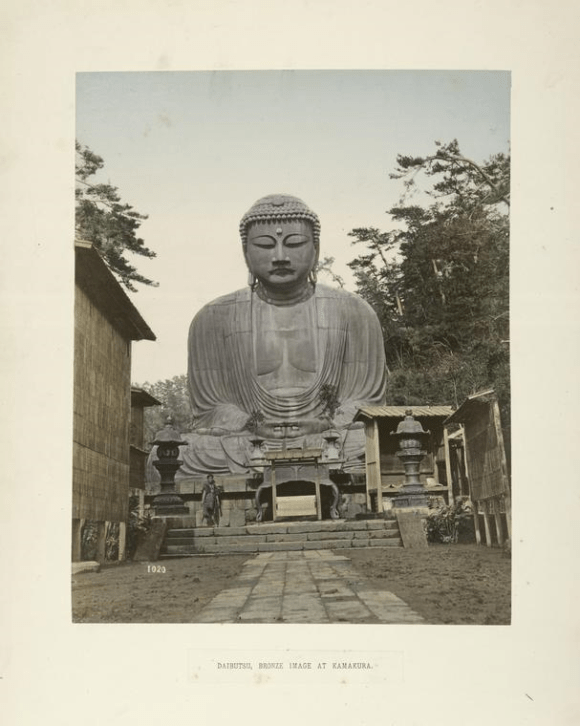

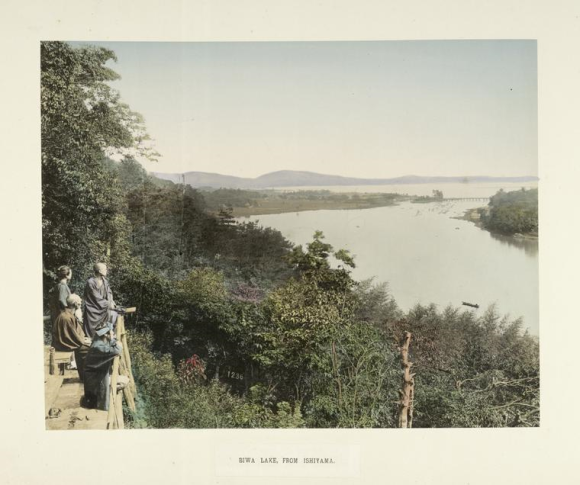
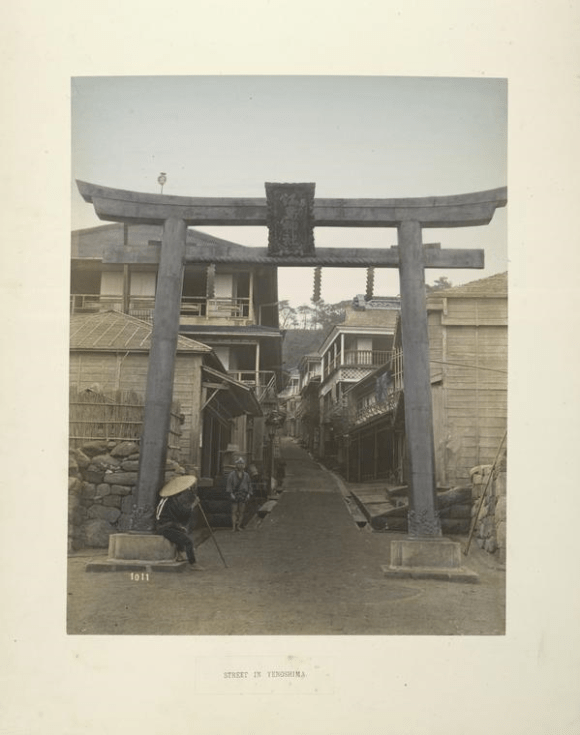
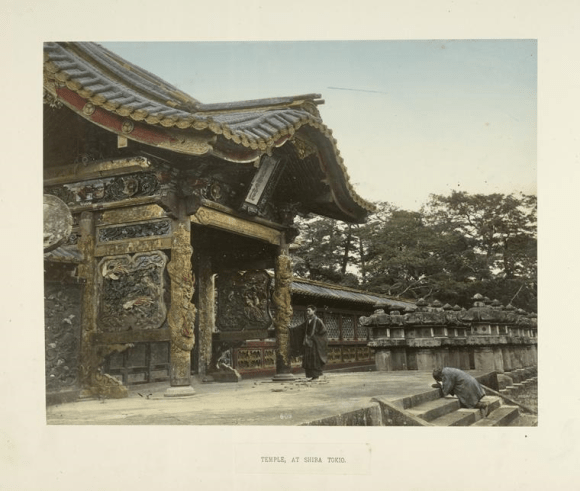
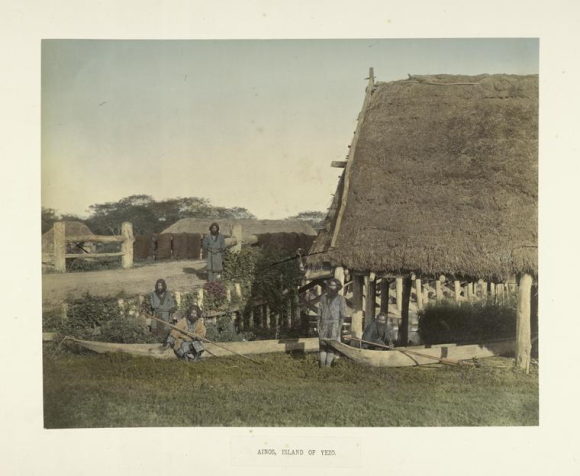
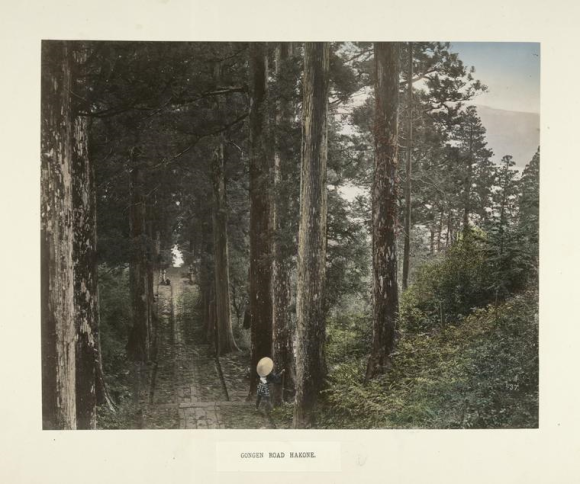
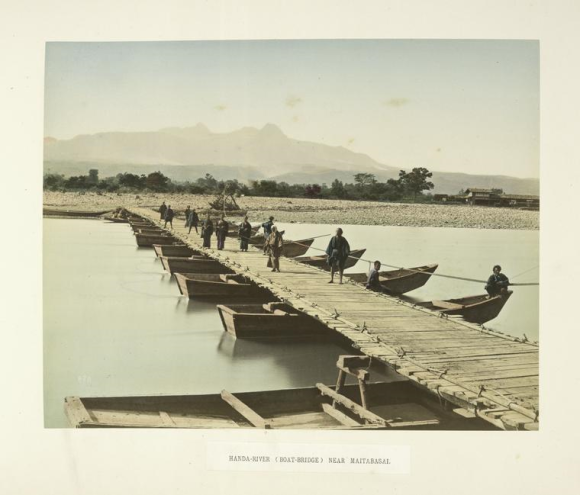
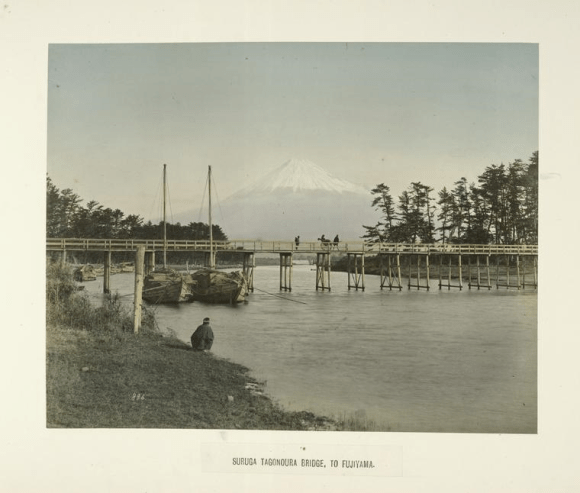
 37 amazing photographs of the people of old Japan living their daily lives 【Photos】
37 amazing photographs of the people of old Japan living their daily lives 【Photos】 Here are 11 more colored photographs from Meiji-era Japan, plus the artists who colored them
Here are 11 more colored photographs from Meiji-era Japan, plus the artists who colored them Century-old cosplay photo exists for a reason as bizarre as its dog vs. monkey sumo match
Century-old cosplay photo exists for a reason as bizarre as its dog vs. monkey sumo match Photos from 140 years ago show Tokyo’s skyline was amazing long before the Skytree was ever built
Photos from 140 years ago show Tokyo’s skyline was amazing long before the Skytree was ever built The 10 best castles in Japan, as chosen by experts and fans
The 10 best castles in Japan, as chosen by experts and fans Video claims that if you can read a certain font, you are probably not Japanese【Video】
Video claims that if you can read a certain font, you are probably not Japanese【Video】 Cup Noodle tries an authentic Jiro-style ramen, but something’s not quite right
Cup Noodle tries an authentic Jiro-style ramen, but something’s not quite right Starbucks Japan ready to get Year of the Horse started with adorable drinkware and plushies【Pics】
Starbucks Japan ready to get Year of the Horse started with adorable drinkware and plushies【Pics】 Here are the top ten foodie factory tours for the fall throughout Japan
Here are the top ten foodie factory tours for the fall throughout Japan Beautiful Korean cosplayer charms fans with outfits from Cardcaptor Sakura, Love Live!, and more
Beautiful Korean cosplayer charms fans with outfits from Cardcaptor Sakura, Love Live!, and more Is McDonald’s Japan’s new watermelon frappe worth your yen?
Is McDonald’s Japan’s new watermelon frappe worth your yen? We try the sweets, soups, pastas, and fried chicken of KFC’s all-you-can-eat buffet restaurant
We try the sweets, soups, pastas, and fried chicken of KFC’s all-you-can-eat buffet restaurant Beautiful Legend of Zelda Lego set is series’ first buildable block crossover【Photos】
Beautiful Legend of Zelda Lego set is series’ first buildable block crossover【Photos】 KFC Japan introduces a new burger 8 years in the making
KFC Japan introduces a new burger 8 years in the making Believe it or not, this isn’t a Tokyo vending machine – It’s a secret door to deliciousness
Believe it or not, this isn’t a Tokyo vending machine – It’s a secret door to deliciousness 7 great places to see Mt. Fuji from without having to climb it
7 great places to see Mt. Fuji from without having to climb it Cyberpunk anime meets traditional culture in Ghost in the Shell gold leaf Japanese changing screens
Cyberpunk anime meets traditional culture in Ghost in the Shell gold leaf Japanese changing screens Hayao Miyazaki says Happy New Year to Studio Ghibli fans with new art for Year of the Horse
Hayao Miyazaki says Happy New Year to Studio Ghibli fans with new art for Year of the Horse Hello Kitty Choco Egg figures are an adorable trip through three periods of Japanese pop culture【Pics】
Hello Kitty Choco Egg figures are an adorable trip through three periods of Japanese pop culture【Pics】 We found possibly the quietest Japanese-style hotel in Tokyo’s bustling Shinjuku district
We found possibly the quietest Japanese-style hotel in Tokyo’s bustling Shinjuku district 7-Eleven Japan’s ramen-cooking robot whipped us up a bowl of noodles【Taste test】
7-Eleven Japan’s ramen-cooking robot whipped us up a bowl of noodles【Taste test】 Sumo Sanrio! Hello Kitty and pals team up with Japan Sumo Association for new merch【Pics】
Sumo Sanrio! Hello Kitty and pals team up with Japan Sumo Association for new merch【Pics】 Japan’s oldest largetooth sawfish in captivity back on display in Mie Prefecture
Japan’s oldest largetooth sawfish in captivity back on display in Mie Prefecture More Than a Capsule Stay: Why Solo Travelers Choose “global cabin Yokohama Chinatown”
More Than a Capsule Stay: Why Solo Travelers Choose “global cabin Yokohama Chinatown” 7-Eleven Japan starts new temporary luggage storage service in over 300 branches
7-Eleven Japan starts new temporary luggage storage service in over 300 branches Disillusionment at Tsukiji’s tourist-target prices led us to a great ramen restaurant in Tokyo
Disillusionment at Tsukiji’s tourist-target prices led us to a great ramen restaurant in Tokyo Starbucks teams up with 166-year-old Kyoto doll maker for Year of the Horse decorations【Photos】
Starbucks teams up with 166-year-old Kyoto doll maker for Year of the Horse decorations【Photos】 Tokyo considering law requiring more trash cans following litter increase in heavily touristed area
Tokyo considering law requiring more trash cans following litter increase in heavily touristed area Tokyo’s Tsukiji sushi neighborhood asks tour groups to stay away for the rest of the month
Tokyo’s Tsukiji sushi neighborhood asks tour groups to stay away for the rest of the month Tokyo event lets you travel back in time, for free, to celebrate 100 years since Showa era start
Tokyo event lets you travel back in time, for free, to celebrate 100 years since Showa era start Sanrio theme park in Japan announces plans to expand into a Sanrio resort
Sanrio theme park in Japan announces plans to expand into a Sanrio resort Japan may add Japanese language proficiency, lifestyle classes to permanent foreign resident requirements
Japan may add Japanese language proficiency, lifestyle classes to permanent foreign resident requirements Stamina-destroying “Paralysis Noodles” are Tokyo’s newest over-the-top ramen innovation
Stamina-destroying “Paralysis Noodles” are Tokyo’s newest over-the-top ramen innovation Survey asks foreign tourists what bothered them in Japan, more than half gave same answer
Survey asks foreign tourists what bothered them in Japan, more than half gave same answer Japan’s human washing machines will go on sale to general public, demos to be held in Tokyo
Japan’s human washing machines will go on sale to general public, demos to be held in Tokyo Japan’s deadliest food claims more victims, but why do people keep eating it for New Year’s?
Japan’s deadliest food claims more victims, but why do people keep eating it for New Year’s? We deeply regret going into this tunnel on our walk in the mountains of Japan
We deeply regret going into this tunnel on our walk in the mountains of Japan Studio Ghibli releases Kodama forest spirits from Princess Mononoke to light up your home
Studio Ghibli releases Kodama forest spirits from Princess Mononoke to light up your home Major Japanese hotel chain says reservations via overseas booking sites may not be valid
Major Japanese hotel chain says reservations via overseas booking sites may not be valid Put sesame oil in your coffee? Japanese maker says it’s the best way to start your day【Taste test】
Put sesame oil in your coffee? Japanese maker says it’s the best way to start your day【Taste test】 No more using real katana for tourism activities, Japan’s National Police Agency says
No more using real katana for tourism activities, Japan’s National Police Agency says Starbucks Japan reveals new sakura drinkware collection, inspired by evening cherry blossoms
Starbucks Japan reveals new sakura drinkware collection, inspired by evening cherry blossoms Updated cherry blossom forecast shows extra-long sakura season for Japan this year
Updated cherry blossom forecast shows extra-long sakura season for Japan this year New York Public Library releases digital images of valuable ukiyo-e and photographs of old Japan
New York Public Library releases digital images of valuable ukiyo-e and photographs of old Japan French journalist’s photos of 1930s Shanghai take us back in time【Photos】
French journalist’s photos of 1930s Shanghai take us back in time【Photos】 Centuries-old book of ninja secrets discovered at public library in Japan’s Aomori Prefecture
Centuries-old book of ninja secrets discovered at public library in Japan’s Aomori Prefecture Japan as it Once Was: 20 Stunning Photographs
Japan as it Once Was: 20 Stunning Photographs Funny old-timey Japanese photo is a blast (of silly faces) from the past
Funny old-timey Japanese photo is a blast (of silly faces) from the past AI learns how to colorize photos, makes old Japan pictures look like they were taken today【Pics】
AI learns how to colorize photos, makes old Japan pictures look like they were taken today【Pics】 Looking for a hotel in Japan? Skip the ryokan and stay in this castle instead!
Looking for a hotel in Japan? Skip the ryokan and stay in this castle instead! Lightning storm photos of the Skytree show the Tokyo symbol in a whole new light【Photos】
Lightning storm photos of the Skytree show the Tokyo symbol in a whole new light【Photos】 Japan’s legendary Brother Katana might not be brothers after all? Investigating the mystery【Pics】
Japan’s legendary Brother Katana might not be brothers after all? Investigating the mystery【Pics】 Amazing castle photo ever shows why you shouldn’t skip this often-overlooked part of Japan
Amazing castle photo ever shows why you shouldn’t skip this often-overlooked part of Japan It’s like the samurai era never ended at this beautiful Japanese mountain town
It’s like the samurai era never ended at this beautiful Japanese mountain town Amazing photos of off-the-beaten-path Japanese castles to add to your travel wish list【Photos】
Amazing photos of off-the-beaten-path Japanese castles to add to your travel wish list【Photos】 Samurai photo studio is coming back to Tokyo this spring, just in time for cherry blossom season
Samurai photo studio is coming back to Tokyo this spring, just in time for cherry blossom season Nephew receives SD card after his uncle passes away, finds treasure trove of gems from the past
Nephew receives SD card after his uncle passes away, finds treasure trove of gems from the past Amazing photography from the 1860s shows us some of Japan’s very last samurai
Amazing photography from the 1860s shows us some of Japan’s very last samurai Tokyo’s new samurai photo studio sends you to Japan’s feudal era with awesome digital backdrops
Tokyo’s new samurai photo studio sends you to Japan’s feudal era with awesome digital backdrops
Leave a Reply